Determine How Much You Can Afford
When you turn to lenders to acquire a house, they determine how much you can borrow based on computations. But do they really know your financial capacity? They can count your income and concrete expense but they don’t know exactly how much you’re regularly spending? You’re the only one who knows if your income can support your lifestyle. Do you have enough to fund housing costs? And don’t forget to leave room for new furniture’s, appliances, landscaping, repairs and maintenance.
Banks have been using the 28/36 ratio in determining how much they should let you borrow. The approved housing loan should be no more than 28 percent of the borrower’s gross monthly income. 36 percent should be the maximum total debt load of the buyer. This includes credit card payments, loans, car payments.
Canada uses a similar formula. Buyers can borrow up to 32 percent of their gross monthly income. And their total debt load should not be more than 40 percent.
But due to rising rates lenders are willing to stretch the housing loan to as much as 50 percent of the gross monthly income. But before you commit to this loan, think and rethink if you can really afford it.
Evaluate your spending habits. Think if there are areas where you can save so you can sustain the mortgage and keep a well-maintained house. After all it’s not just a matter of keeping your house. It’s also about having peace of mind.

